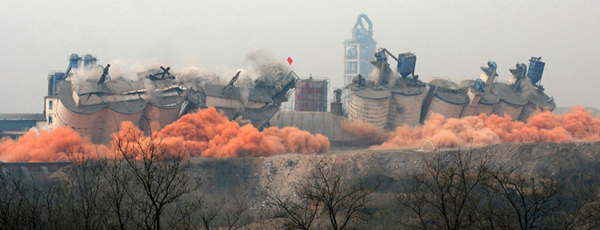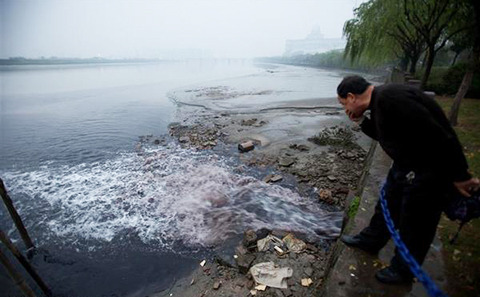Statement by Ibrahim Thiaw, UN Assistant-Secretary-General and UNEP Deputy Executive Director at the London Conference on Illegal Wildlife Trade 2014 Thu, Feb 13, 2014
 London, 13 February 2014
London, 13 February 2014
Colleagues,Your Excellencies,
Ladies and gentlemen,
Over 30 years ago, the mighty African elephant went extinct in my homeland Mauritania, where it once roamed.
Elephants are intelligent and compassionate creatures, whose capacity for joy is only matched by that for grief. The emotional attachment elephants form may rival our own.
The gruesome images of slain herds of elephants across all regions in Africa are heart wrenching. And the surge in the killings continues.
Today, the demand for ivory is carving a bleak future for already vulnerable populations.
The world's rhinos and tigers, along with other species, face similarly bleak futures, unless we act now.
As His Royal Highness the Prince of Wales eloquently said, humanity is less than humanity without the rest of creation.
Today, the international community comes together in solidarity and resolve to consider critical action to curb the global poaching crisis and the illegal trade in wildlife.
Such criminality fuelled by demand and lawlessness is not only destroying species, habitats, and communities, but is also jeopardizing peace and security.
Organized criminal networks are cashing in on the poaching crisis, operating with relative impunity and with little fear of prosecution.
The rise in the illegal killing of species does not only threaten wildlife populations but the livelihoods of local communities and the lives of rangers in their fight to stem the illegal tide.
The illegal exploitation of wildlife exacerbates other long-term threats to the species' survival, such as the increased loss of habitat and climate variability.
In our search for solutions, it is important to realize that there is no "one size fits all" answer to the poaching crisis.
Fast-track measures must be implemented to address the current poaching crisis, taking into account the diverse socio-economic, legal and market dynamics across range, transit and consumer states.
Such measures will vary from strengthening law enforcement, building adequate human and financial capacity, raising public awareness, and fighting collusive corruption, to supporting national legislation and the overriding need to curb demand for wildlife products that are illegally sourced or unsustainably harvested.
However, in addition to short-term measures, longer-term considerations need to be given to natural resource management and sustainable economic development, based on sovereign priorities and choices.
Implementing nationally and internationally agreed biodiversity strategies and targets and other relevant existing commitments must be at the heart of such action.
The African Elephant Action Plan and and the African Elephant Fund, for example, were established under the CITES to support the long-term survival of African elephants.
But without adequate political and appropriate financial support, it is difficult for such mechanisms to become truly effective.
In the first ever UN Environment Assembly (UNEA), which will convene in Nairobi in June, the environmental rule of law in relation to the illegal exploitation of wildlife and timber will feature as a key topic.
This will help maintain the political momentum following the London Conference and will provide an opportunity to galvanize the attention of the United Nations bodies on this critical issue.
Ladies and gentlemen,
The last two years have been momentous for many in this room who have worked tirelessly for years-on-end to combat the trafficking in wildlife: from the CITES COP in Bangkok to the Botswana Elephant Summit and the French Government-hosted Summit for Peace and Security in Africa, to the UNEP-INTERPOL Conference or the UNODC Conference and, most recently, the UN Security Council resolutions (21/34 and 21/36) which recognize the inter-linkages between the illegal exploitation of wildlife and ongoing conflicts in the Central African Republic and the Democratic Republic of Congo.
Building on these initiatives and on many other ongoing positive undertakings, such as the most recent decision by the US Government made just yesterday , it is imperative that 2014 becomes a year of concrete and decisive action.
I would like to thank the UK Government for convening this important meeting - allowing us all to join hands for a more sustainable and humane future.
Thank you.
- See more at: http://www.unep.org/newscentre/Default.aspx?DocumentID=2762&ArticleID=10710&l=en#sthash.dx5AVoyf.dpuf
















